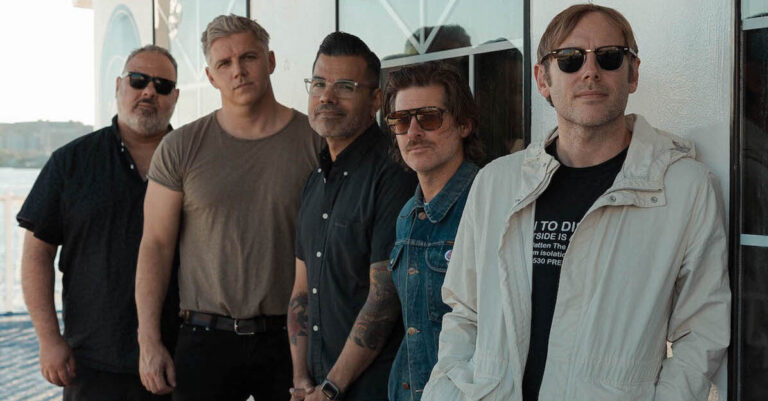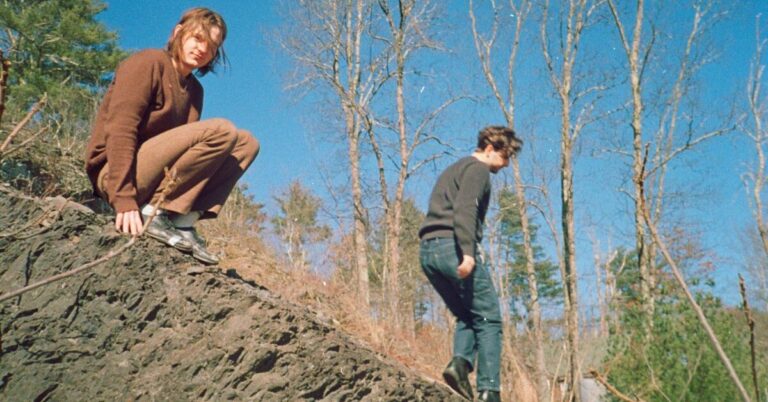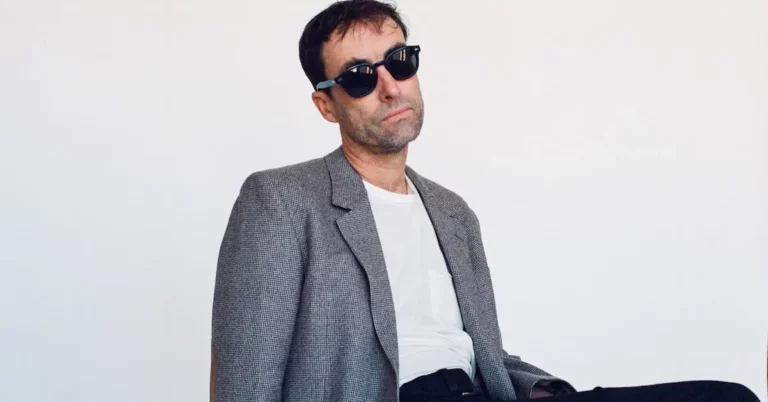The diamond is an enthralling stone, popular for centuries due to its bold shine and dazzling luster. Technological advancements have made it possible to create these stones, a process that naturally takes billions of years in a controlled environment in just a matter of weeks.
These lab grown diamonds have the same radiance and durability as their natural counterparts. This makes them the perfect centerpiece for fine jewelry like engagement rings, fashion necklaces and bracelets.
Take a closer look at the beauty of lab grown diamonds by examining the structure and characteristics that make them the ideal ethical choice for the next piece in your jewelry collection. Or you can explore tennis bracelets if this is something you fancy.
The Structure of a Lab Grown Diamond
Under the sparkling surface of a diamond is the crystalline structure that gives it its glow. Formed deep within the Earth under natural conditions, intense heat and pressure bond carbon atoms into a specific 4-way arrangement. This creates a highly stable three-dimensional lattice that gives diamonds exceptional hardness and other distinctive physical properties.
In a lab setting, manufacturers mimic the natural conditions under which diamonds are created, producing synthetic stones with the same visual elements and chemical composition. Scientists use advanced production methods like High Pressure High Temperature (HPHT) or Chemical Vapor Deposition (CVD) to create these durable, sparkling diamonds.
- HPHT. Diamonds formed using HPHT are made by exposing a diamond seed and carbon source to extreme temperatures (1300-1600°C) and pressures (above 870,000 psi). This simulates the natural environment deep within the Earth, resulting in stones that can feature unique color distributions, metallic inclusions and phosphorescence.
- CVD. The CVD process introduces a carbon-containing gas into a vacuum chamber, heating it to moderate temperatures (900-1200°C). A microwave beam then deposits carbon on diamond seed crystals. This allows for precise control over the lab grown diamond’s physical attributes, such as size, shape and purity, by adjusting the conditions within the chamber.
The Four Cs in a Lab Created Stone
Once lab grown diamonds are created, they are graded by organizations like the GIA (Gemological Institute of America). The lab created diamond is inspected and judged on the Four Cs of diamonds: cut, color, clarity and carat weight. These categories help assess the stones’ overall beauty and market value:
| The Four Cs | What it Refers To | Possible Ratings | Price and Visual Appeal |
| Carat | Refers to the diamond’s weight and size. | Measured in carats: 1 carat = 0.2 grams. Higher numbers mean larger diamonds. | Larger natural diamonds are more expensive due to their size and rarity.
Lab grown stones can be created in various sizes, from an average 1-carat to a stunning 5-carat solitaire stone. |
| Color | Describes how colorless the diamond is, ranging from clear to tinted. | Graded on a scale from D (colorless) to Z (visible color). D-F are the most colorless and sought-after. | The less color, the more the diamond shimmers and shines, increasing its value and appeal.
Creating stones in a lab produces diamonds that are nearly colorless. However, they can also be intentionally colored to make high-quality gems with unique hues like pink or yellow. |
| Clarity | Indicates how many imperfections, or inclusions, the diamond has. | Clarity ranges from Flawless (no inclusions visible under 10x magnification) to Included (inclusions visible to the naked eye), including intermediate grades like VS1 and VS2 (Very Slightly Included). | Diamonds rated VS1 and VS2 have minor inclusions that are difficult to see with the naked eye, offering a good balance of beauty and value.
Lab grown stones may have fewer inclusions than natural diamonds due to the controlled creation process. |
| Cut | Measures how well the diamond has been shaped and polished from its raw form. | Ranges from Excellent to Poor. Excellent cuts reflect light better, making the diamond more luminous. | A diamond’s cut affects its sparkle the most. A high-quality cut makes the diamond more vibrant and more attractive.
Lab grown diamond rings often feature Excellent cut grades in emerald, round, pear, oval or princess shapes. |
The Final Design: Showcasing the Lab Created Diamond’s Beauty
The beauty and brilliance of lab made diamonds are often showcased in innovative designs that highlight their exceptional quality and incandescence. This type of diamond was crafted to stand out, whether as the central gem in a lab grown diamond engagement ring or as part of a stunning ensemble of uniformly sized stones in a lab grown diamond bracelet.
Lab grown diamond jewelry offers buyers many popular designs to suit their preferences and personal style. These can often be customized with changes to the metal setting or stone size or through creating your own piece featuring the following:
- Solitaire pieces. Whether in rings, necklaces or earrings, solitaire designs put a single lab grown diamond front and center, celebrating its purity and luminosity. This minimalist approach allows the diamond to capture and reflect light beautifully, which is ideal for those who prefer elegant simplicity.
- Halo settings. A central lab grown diamond encircled by smaller stones enhances the main gem’s visual impact. This design can be found in various jewelry pieces, including rings, earrings and pendants, offering a luxurious and radiant appearance.
- Pavé embellishments. Featuring tiny lab grown diamonds set closely together to create a glittering surface. This technique adds a sophisticated glimmer to bands and earrings, making each piece look opulent and finely detailed.
- Tennis bracelets. This classic design showcases a row of lab grown diamonds, all of similar size, set in a sleek bracelet. This elegant design provides continuous sparkle, making lab-grown diamond tennis bracelets a popular choice for everyday wear as well as special occasions.
Find the Perfect Blend of Beauty and Ethical Sourcing with Lab Grown Diamonds
Lab grown diamonds offer an ideal combination of visual allure and ethical sourcing. These gems provide an opportunity for responsible shopping while allowing you to enjoy exquisite pieces without worrying about where the diamond originated. With a 100% conflict-free lab grown diamond, you can choose the right lab grown diamond ring or lab grown diamond bracelet for yourself or a loved one and celebrate life’s special moments.


 Maggie Rogers
Maggie Rogers Just three weeks after WE DON’T TRUST YOU, Future and Metro Boomin are back with their second collaborative album, WE STILL DON’T TRUST YOU. The 18-track record boasts guest appearances from the Weeknd (on the opening title track), J. Cole, A$AP Rocky, Lil Baby, and more. Cole’s appearance, on a seven-minute track called ‘Red Leather’, follows last week’s ‘7 Minute Drill’, which he released in response to Kendrick Lamar’s verse on Future and Metro Boomin’s earlier track ‘Like That’ and recently called “the lamest shit I ever did in my fucking life.”
Just three weeks after WE DON’T TRUST YOU, Future and Metro Boomin are back with their second collaborative album, WE STILL DON’T TRUST YOU. The 18-track record boasts guest appearances from the Weeknd (on the opening title track), J. Cole, A$AP Rocky, Lil Baby, and more. Cole’s appearance, on a seven-minute track called ‘Red Leather’, follows last week’s ‘7 Minute Drill’, which he released in response to Kendrick Lamar’s verse on Future and Metro Boomin’s earlier track ‘Like That’ and recently called “the lamest shit I ever did in my fucking life.”
 UK three-piece Still House Plants have released their third album, If I don’t make it, I love u. The record follows 2020’s Fast Edit and marks the first time since 2017’s Assemblages the trio wrote while all living in the same city. Speaking about the title, vocalist Jess Hickie-Kallenbach told
UK three-piece Still House Plants have released their third album, If I don’t make it, I love u. The record follows 2020’s Fast Edit and marks the first time since 2017’s Assemblages the trio wrote while all living in the same city. Speaking about the title, vocalist Jess Hickie-Kallenbach told  METZ
METZ Shabaka Hutchings has issued
Shabaka Hutchings has issued  Nia Archives has dropped her debut album,
Nia Archives has dropped her debut album,  London band English Teacher have released their debut album,
London band English Teacher have released their debut album,  James Elkington and Nathan Salsburg have issued
James Elkington and Nathan Salsburg have issued  Dublin’s MELTS have put out their sophomore record,
Dublin’s MELTS have put out their sophomore record,  Bodega
Bodega











